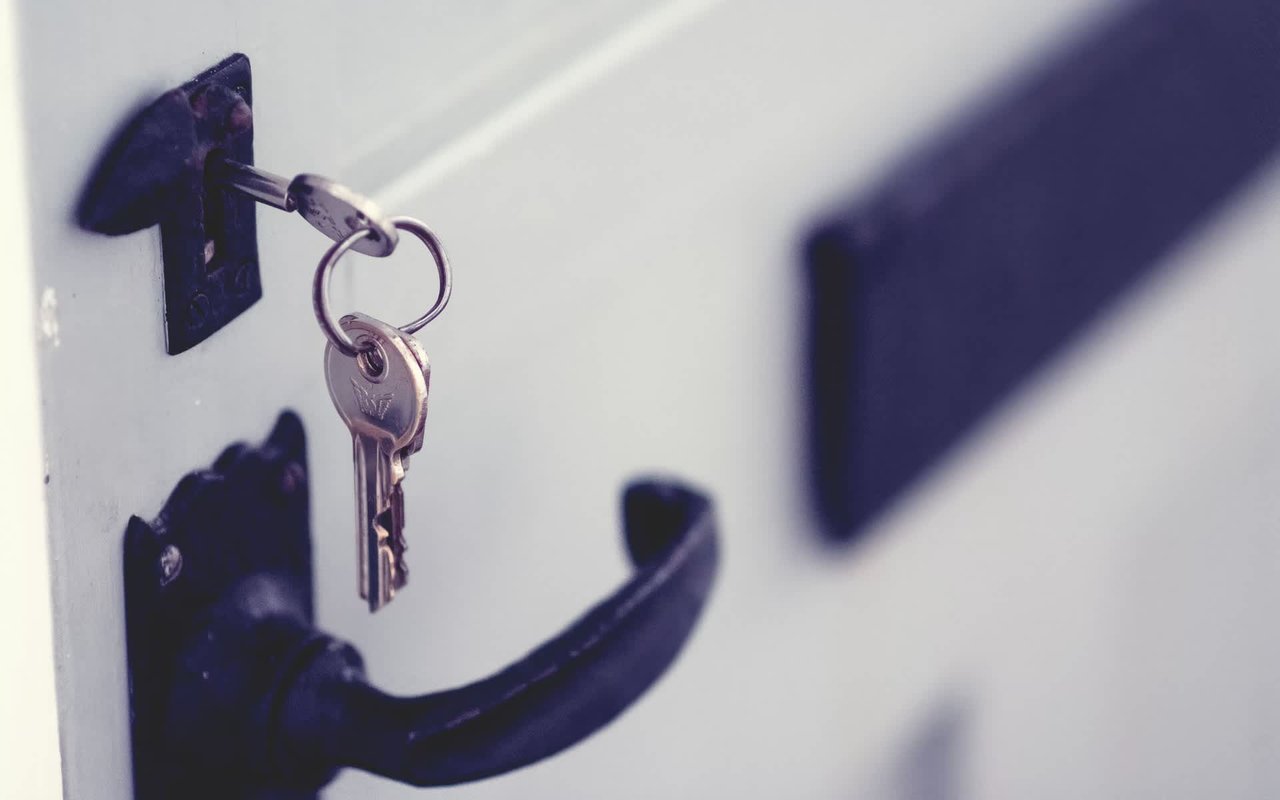Moving to a new home can be a stressful experience, not just for you but also for your pets. Pets are sensitive to changes in their environment and routine, and the process of moving can be overwhelming for them. Ensuring a smooth transition for your furry friends requires careful planning and consideration. This guide provides valuable tips for moving with pets, helping you make the process as stress-free as possible for your beloved companions.
Preparing for the Move
Preparation is key to a successful move with pets. Start by gathering all the necessary supplies, including pet carriers, leashes, food, water bowls, and comfort items like blankets or toys. Make sure your pet's identification tags are up to date with your new address and contact information. If your pet is microchipped, update the information in the microchip database.
Visit your veterinarian for a check-up to ensure your pet is healthy and fit for travel. Obtain copies of your pet’s medical records and ask for recommendations on veterinarians in your new area. If your pet is prone to anxiety or motion sickness, discuss potential solutions or medications with your vet to make the journey more comfortable.
Planning the Move
When planning the logistics of your move, consider your pet’s needs. If you’re moving a short distance, you might choose to transport your pet in your own vehicle. For longer distances, especially if you’re flying, research pet-friendly airlines and understand their policies and requirements. Some airlines allow small pets to travel in the cabin, while others may require them to be transported in the cargo hold.
If you’re driving, plan your route to include frequent breaks for your pet to relieve themselves, stretch, and hydrate. Ensure your pet’s carrier or crate is secure and comfortable, with enough ventilation and space for them to move around. Avoid feeding your pet a large meal right before the trip to prevent motion sickness.
Keeping Your Pet Calm During the Move
Moving day can be chaotic, with movers coming in and out, packing, and loading belongings. To keep your pet calm and safe, designate a quiet room in your home where they can stay undisturbed. Place their carrier, food, water, and familiar items in the room. You might also consider having a trusted friend or family member look after your pet during the busiest parts of the move.
Maintain a calm demeanor around your pet, as they can pick up on your stress and anxiety. Speak to them in soothing tones and offer plenty of reassurance. If your pet is particularly anxious, using calming products like pheromone sprays, calming collars, or natural supplements might help reduce their stress levels.
Settling into the New Home
Once you arrive at your new home, take time to help your pet adjust to their new environment. Start by setting up a designated area with their bed, toys, food, and water. Allow them to explore this area first, gradually introducing them to the rest of the house. Supervise them closely to ensure they don’t get into any potentially dangerous situations.
Maintain your pet’s usual routine as much as possible, including feeding times, walks, and playtime. Familiar routines provide a sense of stability and comfort. Be patient and give your pet time to acclimate to their new surroundings. It’s normal for them to feel anxious or behave differently at first, but with time and reassurance, they will settle in.
Introducing Your Pet to the Neighborhood
After your pet has become comfortable inside the new home, gradually introduce them to the neighborhood. Start with short walks around the immediate area, allowing them to sniff and explore at their own pace. This helps them familiarize themselves with the new sights, sounds, and smells.
If you have a dog, find a nearby park or dog-friendly area where they can socialize and burn off energy. Meeting new friends and having positive experiences in the neighborhood will help them feel more at home. Always keep your dog on a leash until you’re confident they are comfortable and obedient in the new environment.
For cats, it’s best to keep them indoors initially. Cats are more territorial and may try to return to their old home if let outside too soon. After a few weeks, if you plan to allow your cat outdoors, do so gradually and under supervision. Ensure they are familiar with their new surroundings and always have a way to get back inside.
Managing Pet Anxiety and Behavioral Changes
It’s common for pets to experience anxiety or behavioral changes after a move. Signs of stress in pets can include excessive barking or meowing, changes in appetite, and unusual bathroom habits. If your pet is exhibiting these behaviors, try to create a calm and reassuring environment for them.
Provide plenty of physical and mental stimulation to keep your pet occupied. Interactive toys, puzzle feeders, and regular playtime can help reduce anxiety and prevent boredom. Consider using calming aids like white noise machines, soft music, or pheromone diffusers to create a soothing atmosphere.
If your pet’s anxiety or behavioral issues persist, consult your veterinarian or a professional pet behaviorist. They can offer guidance and strategies to help your pet adjust and manage stress.
Pet-Proofing Your New Home
Pet-proofing your new home is essential to ensure your pet’s safety and well-being. Remove any hazardous items, such as chemicals, electrical cords, and small objects that could be swallowed. Secure trash cans, cabinets, and windows to prevent accidents.
Set up a designated space for your pet’s food, water, and litter box if you have a cat. Ensure this area is easily accessible and away from high-traffic zones. For dogs, provide a comfortable bed or crate where they can retreat and feel secure.
Inspect your yard or outdoor area for any potential hazards, such as toxic plants, sharp objects, or gaps in the fence. Ensure your pet cannot escape or encounter any dangers while exploring outside.
Traveling with Exotic Pets
If you have exotic pets, such as reptiles, birds, or small mammals, their needs may differ from those of cats and dogs. Research the specific requirements for transporting and acclimating your exotic pets to a new home. Ensure their enclosures are secure and provide the appropriate temperature, humidity, and lighting conditions.
Consult with a veterinarian who specializes in exotic pets for advice on safely moving and settling them into their new environment. Transporting exotic pets may require additional permits or documentation, so be sure to check the regulations in your new area.
Moving with pets requires careful planning and consideration, but with the right approach, you can make the transition smooth and stress-free for your furry friends. By preparing in advance, keeping your pet’s needs in mind, and maintaining a calm and consistent routine, you can help them adjust to their new home with ease.
Remember that every pet is unique, and their reactions to moving may vary. Be patient, provide plenty of love and reassurance, and give them the time they need to settle in. With your support, your pets will soon feel comfortable and happy in their new surroundings, ready to explore and enjoy their new home.
Ensuring a Smooth Transition for Your Pet
Moving with pets requires thoughtful preparation, but with the right strategies, you can make the transition seamless for your furry friends. As you settle into your new home in the Conejo Valley, remember to maintain familiar routines, introduce your pet to the new environment gradually, and provide plenty of comfort and reassurance. At The Arledge Group, we're not just experts in finding you the perfect home; we're here to support every aspect of your move. Ready to start your next chapter? Contact us today to explore your new home options in Westlake Village, Agoura Hills, or Calabasas.










